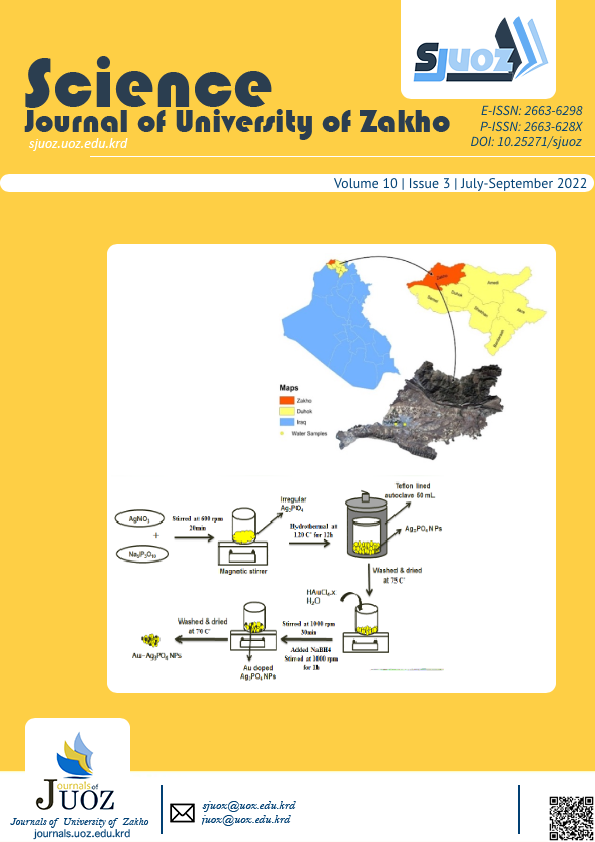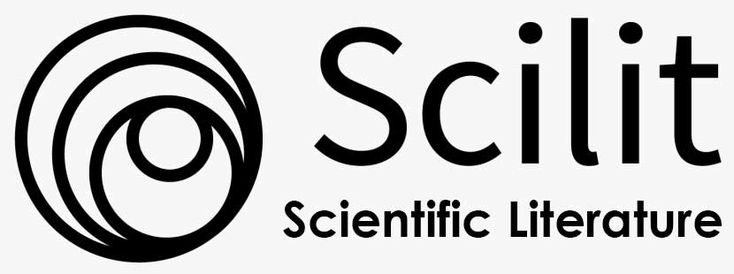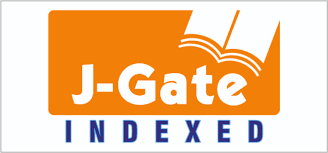Treatment of Oil Well Drill Cuttings Utilizing Different Binder Options
DOI:
https://doi.org/10.25271/sjuoz.2022.10.3.945Keywords:
Oil, Drill Cuttings, Soil, Solidification and Stabilization, Heavy metals, Chloride.Abstract
A lab-scale treatability experiment was conducted on oil well drill cuttings (waste generated during petroleum exploration) using two different binders (Portland Cement and Lime) as a Solidification and Stabilization S/S agent. Seven ratios for each binder to waste (Drill cuttings) have been separately prepared (0.25:10, 0.5:10, 1:10, 2:10, 3:10, 4:10, 5:10) in which effects for each ratio and curing time (90 days) have been investigated on pH, chloride, and leachate for heavy metals (Ba, Pb, Cd, Ag, and Cr) through Toxicity Characteristic Leaching Procedure (TCLP). Results presented that the leaching of heavy metals (Ba, Cd, Cr, and Ag) was under the US EPA TCLP limit for all ratios with both binders. However, the Pb for the ratios of 0.25:10, 0.5:10, 2:10, and 3:10 for the cement-treated drill cuttings and 0.25:10 and 0.5:10 for the lime-treated drill cuttings have exceeded the proposed limit by the US EPA TCLP limit. Chloride also failed to meet the Nigerian chloride limit for drill cutting with the ratios 0.25:10, 0.5:10, 1:10, and 2:10 for both binders; meanwhile, the chloride concentrations were under the same limit within the ratios 3:10, 4:10, and 5:10. The overall results indicated that the binder options had affected the S/S product. Furthermore, the ratios of 1:10 and 2:10 had better performance considering the weight of the binders used for both options. The ratios of 4:10 and 5:10 had also performed well, but due to the significant quantities of the binders used, these ratios will not be considered economically feasible. The present investigation demonstrated that both binders could be used and relied on as an S/S agent aiming at treating drill cuttings.
TRANSLATE with x English Arabic Hebrew Polish Bulgarian Hindi Portuguese Catalan Hmong Daw Romanian Chinese Simplified Hungarian Russian Chinese Traditional Indonesian Slovak Czech Italian Slovenian Danish Japanese Spanish Dutch Klingon Swedish English Korean Thai Estonian Latvian Turkish Finnish Lithuanian Ukrainian French Malay Urdu German Maltese Vietnamese Greek Norwegian Welsh Haitian Creole Persian TRANSLATE with COPY THE URL BELOW Back EMBED THE SNIPPET BELOW IN YOUR SITE Enable collaborative features and customize widget: Bing Webmaster Portal Back
References
Ball, A. S., Stewart, R. J., & Schliephake, K. (2012). A review of the current options for the treatment and safe disposal of drill cuttings. Waste Management & Research, 30(5), 457-473.
Bell, N., Cripps, S. J., Jacobsen, T., Kjeilan, G., & Picken, G. B. (1998). Review of drill cuttings piles in the North Sea. Cordah, UK.
Breuer, E., Stevenson, A. G., Howe, J. A., Carroll, J., & Shimmield, G. B. (2004). Drill cutting accumulations in the Northern and Central North Sea: a review of environmental interactions and chemical fate. Marine pollution bulletin, 48(1-2), 12-25.
Conner, J. R., & Hoeffner, S. L. (1998). The history of stabilization/solidification technology. Critical Reviews in Environmental Science and Technology, 28(4), 325-396.
Doyle, A. B., Pappworth, S. S. R., & Caudle, D. D. (2008). Drilling and production discharges in the marine environment. In Environmental technology in the oil industry (pp. 155-187). Springer.
Estefan, G. (2017). Methods of Soil, Plant, and Water Analysis: A manual for the West Asia and North Africa Region: Third Edition. https://repo.mel.cgiar.org/handle/20.500.11766/7512
Growcock, F. B., Curtis, G. W., Hoxha, B., Brooks, W. S., & Candler, J. E. (2002, 2002). Designing invert drilling fluids to yield environmentally friendly drilled cuttings. IADC/SPE Drilling Conference,
Johnson, J. D., & Graney, J. R. (2015). Fingerprinting Marcellus Shale waste products from Pb isotope and trace metal perspectives. Applied geochemistry, 60, 104-115. https://doi.org/10.1016/j.apgeochem.2015.04.021 (Geochemistry of Unconventional Shale Gas from Formation to Extraction: Petrogenesis, Hydraulic Fracturing, and Environmental Impacts)
Kogbara, R. B. (2013). Encouraging microbial activity in cementitious systems: An emerging frontier in contaminated soil treatment. Journal of Chemical Technology & Biotechnology, 88(4), 501-507.
Kogbara, R. B. (2014). A review of the mechanical and leaching performance of stabilized/solidified contaminated soils. Environmental reviews, 22(1), 66-86.
Kogbara, R. B., Al-Tabbaa, A., Yi, Y., & Stegemann, J. A. (2012). pH-dependent leaching behaviour and other performance properties of cement-treated mixed contaminated soil. Journal of Environmental Sciences, 24(9), 1630-1638. https://doi.org/10.1016/S1001-0742(11)60991-1
Kumpiene, J., Ore, S., Renella, G., Mench, M., Lagerkvist, A., & Maurice, C. (2006). Assessment of zerovalent iron for stabilization of chromium, copper, and arsenic in soil. Environmental Pollution, 144(1), 62-69.
Kurudirek, M., Aygun, M., & Erzeneoğlu, S. Z. (2010). Chemical composition, effective atomic number and electron density study of trommel sieve waste (TSW), Portland cement, lime, pointing and their admixtures with TSW in different proportions. Applied Radiation and Isotopes, 68(6), 1006-1011.
Li, M.-C., Wu, Q., Han, J., Mei, C., Lei, T., Lee, S.-y., & Gwon, J. (2020). Overcoming salt contamination of bentonite water-based drilling fluids with blended dual-functionalized cellulose nanocrystals. ACS Sustainable Chemistry & Engineering, 8(31), 11569-11578.
Lu, H., Wei, F., Tang, J., & Giesy, J. P. (2016). Leaching of metals from cement under simulated environmental conditions. Journal of environmental management, 169, 319-327.
Melton, H. R., Smith, J. P., Mairs, H. L., Bernier, R. F., Garland, E., Glickman, A. H., Jones, F. V., Ray, J. P., Thomas, D., & Campbell, J. A. (2004, 2004). Environmental aspects of the use and disposal of non aqueous drilling fluids associated with offshore oil & gas operations. SPE International Conference on Health, Safety, and Environment in Oil and Gas Exploration and Production,
Neff, J. M. (2005, 2005). Composition, environmental fates, and biological effect of water based drilling muds and cuttings discharged to the marine environment: A synthesis and annotated bibliography. Report prepared for the Petroleum Environmental Research Forum (PERF). Washington DC: American Petroleum Institute,
Perera, A. S. R., Al-Tabbaa, A., Reid, J. M., & Johnson, D. (2005, 2005). State of practice report UK stabilisation/solidification treatment and remediation. Part V: Long-term performance and environmental impact. Proceedings of the International Conference on Stabilization/Solidification Treatment and Remediation. Balkema. AA Balkema, London,
Sadiq, R., Husain, T., Veitch, B., & Bose, N. (2003). Marine water quality assessment of synthetic-based drilling waste discharges. International journal of environmental studies, 60(4), 313-323.
Steel, R. G. D. (1960). Principles and procedures of statistics: with special reference to the biological sciences.
Stegemann, J., & Zhou, Q. (2009). Screening tests for assessing treatability of inorganic industrial wastes by stabilisation/solidification with cement. Journal of Hazardous Materials, 161(1), 300-306.
Tessier, A., Campbell, P. G., & Bisson, M. (1979). Sequential extraction procedure for the speciation of particulate trace metals. Analytical chemistry, 51(7), 844-851.
US EPA. (2015). SW-846 Test Method 1311: Toxicity Characteristic Leaching Procedure [Other Policies and Guidance]. https://www.epa.gov/hw-sw846/sw-846-test-method-1311-toxicity-characteristic-leaching-procedure
files/380/sw-846-test-method-1311-toxicity-characteristic-leaching-procedure.html
Wiles, C. C. (1987). A review of solidification/stabilization technology. Journal of Hazardous Materials, 14(1), 5-21.
Zhao, T.-J., Zhu, J.-Q., & Chi, P.-Y. (1999). Modification of pore chemicals in evaluation of high-performance concrete permeability. Materials Journal, 96(1), 84-89.
Downloads
Published
How to Cite
Issue
Section
License
Copyright (c) 2022 Raad M. Abdullah, Mohammed A. Othman, Siraj M. Abdullah

This work is licensed under a Creative Commons Attribution 4.0 International License.
Authors who publish with this journal agree to the following terms:
- Authors retain copyright and grant the journal right of first publication with the work simultaneously licensed under a Creative Commons Attribution License [CC BY-NC-SA 4.0] that allows others to share the work with an acknowledgment of the work's authorship and initial publication in this journal.
- Authors are able to enter into separate, additional contractual arrangements for the non-exclusive distribution of the journal's published version of the work, with an acknowledgment of its initial publication in this journal.
- Authors are permitted and encouraged to post their work online.












